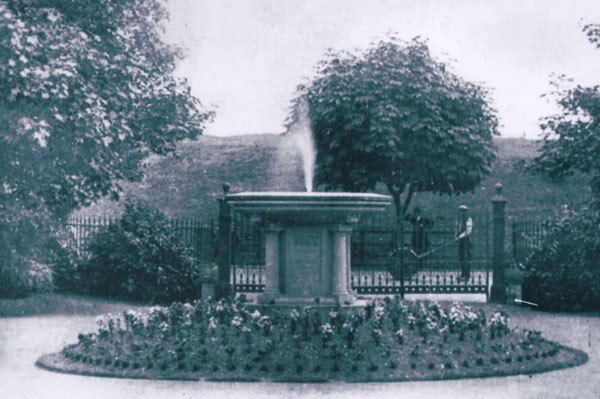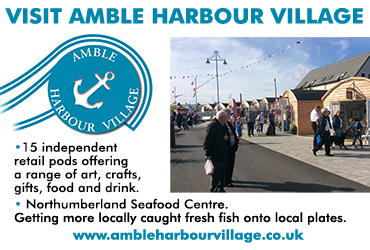In memory of William Gibson
One hundred years ago on 23rd September, 1913, William Gibson, one of Amble’s earliest Parish Clerks and Surveyors who helped establish the young town of Amble, collapsed while conducting the Amble Burial Board meeting. A doctor was called and he was conveyed home to 42, Middleton Street where he died shortly after.
William was born at Lowick in 1836. After leaving school he began road construction work. In his late teens he gained knowledge of water works and up to the time of his death he was connected with this construction work. In about 1862 William left Lowick with his wife and two daughters for Widdrington, later moving to Acklington where he worked for the North Eastern Railway.
In 1866 he moved to Amble which at the time had a population of about 1200 people. The family lived at 16, Queen Street and William was a postal messenger, later taking on public service clerical duties.
Over the following 46 years or more William continued working as Clerk to the Burial Board, the Parish Council of Amble and District, the Amble Urban District Council established in 1894 and then became Secretary for the Gas Works where he worked for approximately 30 years. William oversaw some big schemes during his public service including East and West Cemeteries, the sewage scheme, and the opening up of new streets. William’s knowledge of various Acts of Parliament helped him when overseeing these projects, gaining him the respect of the inhabitants of Amble.
The Gibson family lived in the East Cemetery’s Superintendent’s House for a number of years. William also had a shop and auctioneers business in Queen Street.
In 1892 William became surveyor and sanitary inspector, a post he held for 21 years, while still involved in various public services. Throughout his career, William concentrated on the development of Amble.
William was buried in the West Cemetery on 26th September 1913 and on Sunday 27th October 1917 the Fountain Memorial, built in his honour, was unveiled.
The Fountain Memorial was overhauled and restored in 2000 with funding from the Cooperative Society applied for by Mr. Kit Rollo. Today the Fountain needs a certain amount of restoration work carried out in order to make it flow again.
Researched with family held newspaper reports, AUDC Minute Books and Woodhorn Museum Archives.
JES













